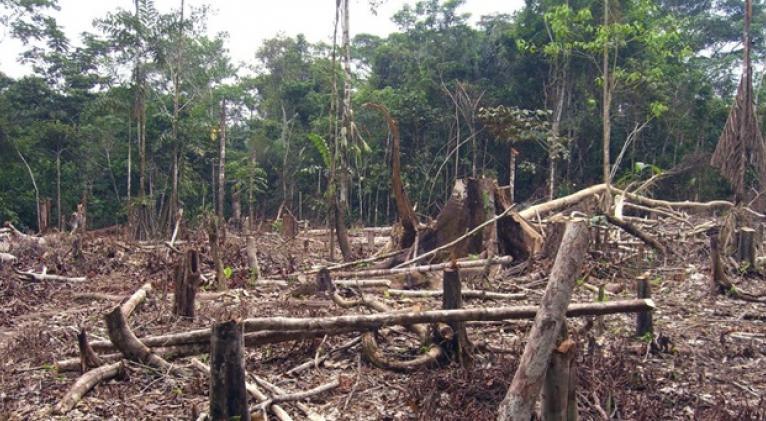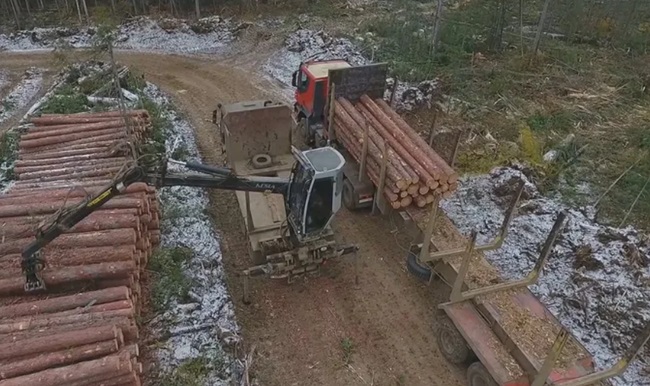CLIMATE CRISIS: Tree Felling, Changing the Rules of the Game
especiales

Every day, more than 41 million trees are cut down in the world and annually the planet loses 15,000 million trees with all the recoil for the ecosystems, for the forests and the fauna that inhabit them... for humanity.
Every year 4,000 million trees are cut down in the world to make paper. One ton of virgin paper requires the felling of 2 to 3.5 tons of trees, equivalent to an average of 28 to 49 trees
This rampant deforestation, which contributes its negative sign to the climate crisis and biodiversity, has, among other causes, so-called industrial agriculture, the demand for wood, mining and forest fires.
In addition to the loss of habitat for many species, some of which are on the brink of extinction, this indiscriminate felling of trees contributes to the increase in greenhouse gas emissions as forests store large amounts of CO2.

Such deforestation interrupts the natural water cycle by reducing the amount of evapotranspiration, while increasing erosion and flooding, among other calamities.
There are many agreements from large international meetings against deforestation, and recently, a panel of experts in the Blue Zone of COP16 led by the International Union for Conservation of Nature (IUCN) and Canopy, an environmental organization that seeks solutions to protect forests, generated reflections of global impact and also proposals to stop the felling of trees.
In particular, they discussed the five billion trees cut down annually in the world to produce packaging, paper and textile products.

“It’s impossible to talk about caring for nature if we continue deforesting and degrading the habitat. Future generations need low-impact, non-wood inputs that take advantage of elements such as textile waste, agricultural waste and waste from banana or wheat crops,” Canopy's executive director, Nicole Rycroft, told EFE.
Reusing materials and continuing to research were some of the calls from these experts, who indicate that some 78 billion dollars would be needed in the next decade to achieve an infrastructure transition that would make it possible to take advantage of the tons of accessible cellulose waste, such as wheat straw and discarded textiles, in place of felled trees.
“These wastes could be transformed into circular packaging and clothing with significantly reduced environmental impacts. Next-generation materials can reduce land use by up to 100%; reduce impacts on biodiversity fivefold and reduce CO2 emissions by four tons for each ton of product,” said Rycroft.

It’s necessary to join forces, promote new mentalities in production and consumption, deploy education for recycling. The planet needs to change the rules of the game also in terms of cutting down trees because nothing is further from a game than the harmful consequences of this activity.
Translated by Amilkal Labañino / CubaSí Translation Staff














Add new comment